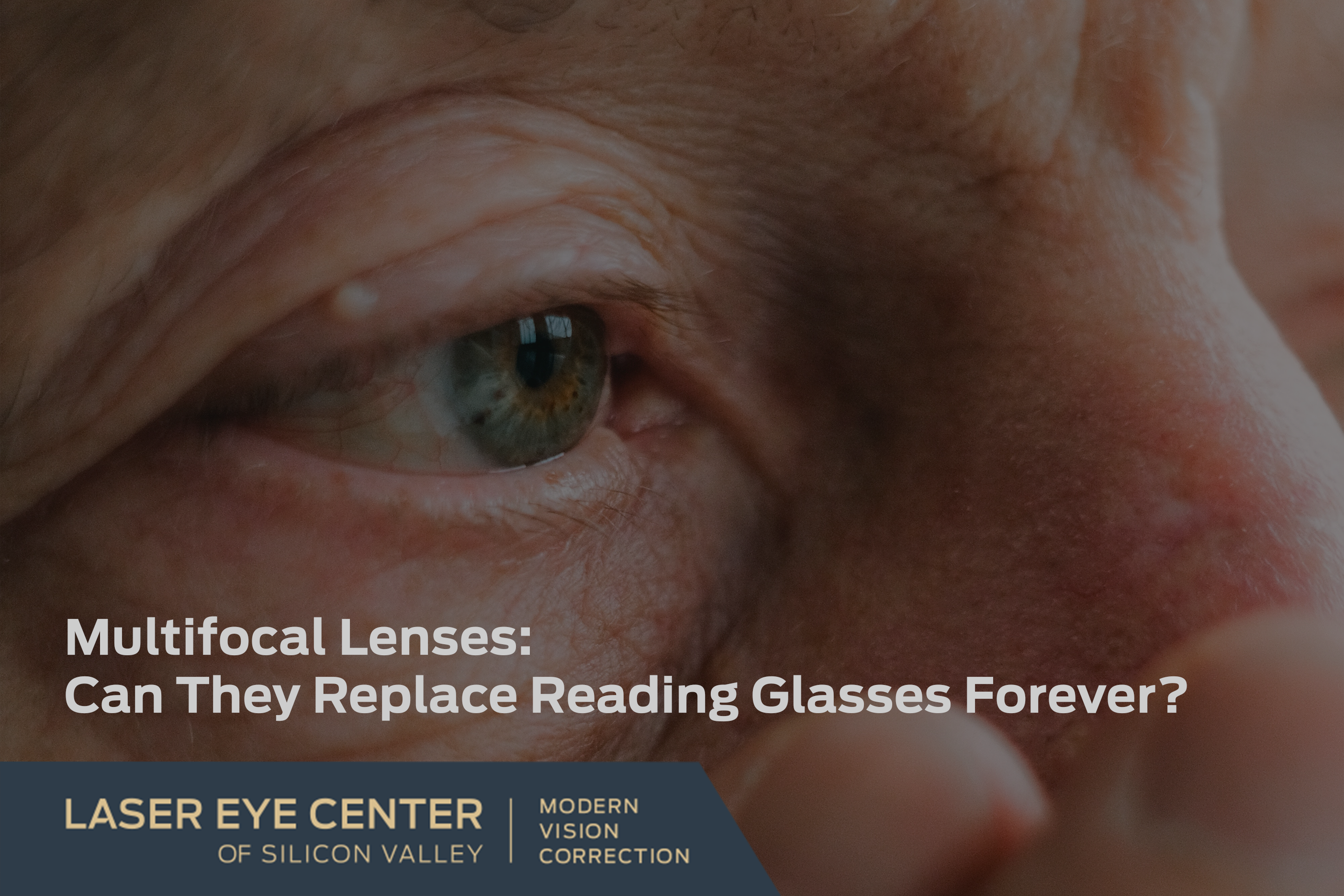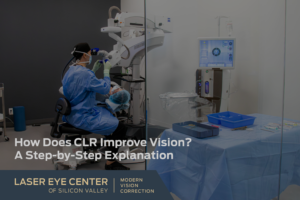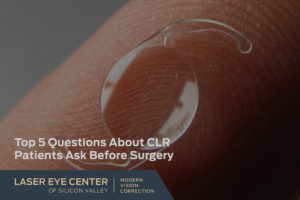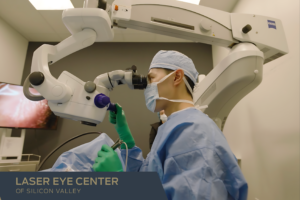The Future of Vision Correction
For many, reading glasses become an inevitable part of life after age 40. The hassle of constantly putting them on and taking them off can be frustrating. But what if there was a long-term solution? Multifocal intraocular lenses (IOLs) have emerged as a game-changing alternative, promising clear vision at all distances. Can they truly replace reading glasses forever? Let’s explore how they work, their success rates, and who may be the ideal candidate.
What Are Multifocal Lenses?
Multifocal lenses are advanced intraocular lenses designed to provide clear vision at multiple distances—near, intermediate, and far. Unlike traditional monofocal lenses, which correct vision for only one distance, multifocal lenses use special optical technology to split incoming light. This allows the brain to adjust focus naturally without requiring external eyewear.
How Multifocal Lenses Work
Dr. Sudhinder Koushik, Refractive Surgeon at Laser Eye Center of Silicon Valley, explains:
“Multifocal intraocular lenses work by splitting up the light entering the eye, providing vision for distance, intermediate, and near. Patients can experience a full range of vision, eliminating the need for reading glasses in many cases.”

The key advantage? There’s no need to tilt your head or adjust your focus manually, as you would with bifocal glasses. Your brain does the work, seamlessly switching between distances.
Success Rates and Patient Experiences
When performed on the right candidates, multifocal lens surgery delivers exceptional results. Dr. Koushik shares:
“Once we identify the right candidate and implant a multifocal lens, the results are fantastic. Patients can see clearly across all distances and are extremely happy with their vision.”
Many patients who undergo this procedure report a dramatic improvement in their daily lives. Tasks like reading a book, checking a smartphone, or driving become effortless. However, as with any medical procedure, there are trade-offs to consider.

Potential Trade-offs
While multifocal lenses provide excellent vision, some patients may experience mild side effects, such as:
- Glare and halos – These are more noticeable in low-light conditions, such as nighttime driving.
- Adjustment period – The brain needs time to adapt to the new way of processing vision.
For patients who frequently drive at night or have specific visual needs, alternative lens options may be a better fit.
Is a Multifocal Lens Right for You?
Before deciding on multifocal lenses, a comprehensive eye exam is essential. Not everyone is an ideal candidate. According to Dr. Koushik:
“Your surgeon will carefully assess your eye anatomy and overall ocular health to determine if a multifocal lens is the right choice. Certain conditions, like prior eye surgeries, glaucoma, or macular degeneration, may limit the effectiveness of multifocal lenses.”
If multifocal lenses are not suitable, there are other vision correction options to consider.
Alternative Lens Options
For patients who may not be the best fit for multifocal lenses, there are other advanced intraocular lens options, such as:
- Extended Depth of Focus (EDOF) Lenses – Provide a wider range of vision with fewer side effects like glare and halos.
- Blended Vision (Monovision) – One eye is corrected for distance while the other is optimized for near vision, creating a balance.
- Light Adjustable Lenses (LALs) – Allow post-surgery customization for fine-tuned vision correction.
These options provide greater flexibility and can be tailored to suit individual visual needs and lifestyles.
Conclusion: A Life Without Reading Glasses?
For the right candidates, multifocal lenses can indeed replace reading glasses permanently, offering a seamless, glasses-free experience. With the expertise of a skilled refractive surgeon, patients can achieve a lifetime of clear vision. However, individual suitability varies, and a thorough consultation is necessary to determine the best option.






